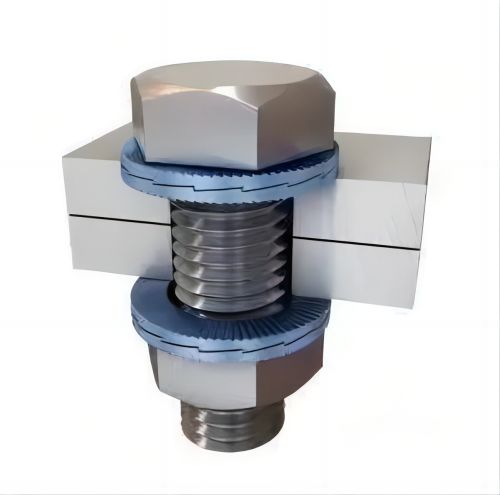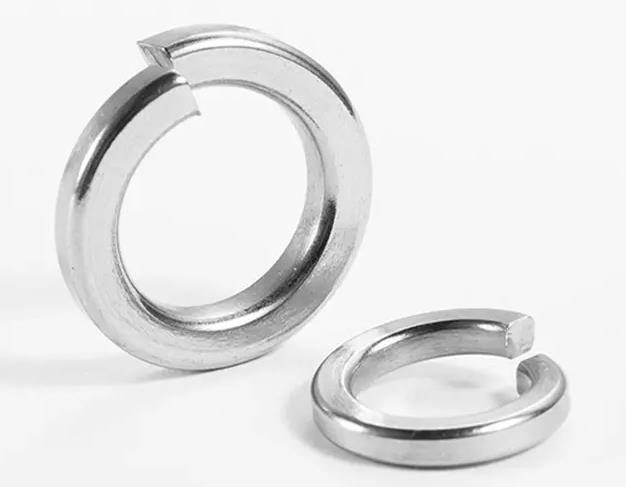What are Effective Methods for Preventing Bolt Loosening
Body
Ensuring the security of fasteners is crucial in various industries to prevent failures and accidents. Bolt locking methods encompass friction, mechanical, and permanent techniques. Permanent locking methods like welding and riveting are irreversible and unsuitable for reuse. Friction methods involve elements like washers and self-locking nuts. In this article, we'll delve into 8 effective methods for preventing bolt loosening.
Double Nut Technique:
The double nut method creates two friction surfaces during locking: one between the nut and the fastener, and another between the nuts. The initial preload on the first surface is 80% of the second. Under impact and vibration, the first surface's friction decreases while compressing the first nut increases the second surface's friction. This dual friction mechanism resists loosening effectively.
Self-Locking Nuts:
Self-locking nuts rely on friction to prevent loosening. High-strength variants suit heavy-duty equipment, while Nylock nuts find use in aerospace and machinery.

Wedge Nord Lock Washer:
With radial serrations on its outer surface, this washer engages the workpiece, allowing displacement only on the inner surface. The expandable distance surpasses bolt longitudinal displacement. It uses clamping force rather than friction to secure bolts.

Cotter Pin and Slotted Nut:
Insert a cotter pin into the nut slot and bolt tail hole after tightening the nut. Spreading the split pin tail inhibits nut and bolt rotation. Slotted nuts combined with threaded rod bolts and cotter pins prevent relative rotation.
Lock Washer:
Bend and attach the lock washer to the nut's side and connector to lock it post-nut tightening. Double lock washers can interlock two bolts if needed.
Spring Washer:
A spring washer generates continuous elastic force upon compression, maintaining friction between the nut and bolt threads to prevent loosening. Its sharp opening corner embeds into the bolt and connected piece, preventing relative rotation.

Hot Melt Fastening Technology:
Applied without pre-opening, this cold-forming process taps and connects under closed profiles. Widely used in the automotive sector, it involves high-speed motor rotation causing plastic deformation through friction heat for self-tapping and screw connection.
Pre-Tightening:
High-strength bolts often eliminate the need for additional anti-loosening measures. The substantial pre-tightening force creates strong pressure between the nut and connected part, generating friction torque that counteracts nut rotation.

Conclusion:
Ensuring bolt security is paramount to maintaining equipment integrity. Employing effective anti-loosening bolt methods prevents failures and enhances safety. The eight methods discussed—double nut, self-locking nuts, wedge lock washer, cotter pin and slotted nut, lock washer, spring washer, hot melt fastening technology, and pre-tightening—provide diverse options to suit specific needs. With these techniques in your toolkit, you can confidently secure your fasteners and bolster the reliability of your projects.












Comments